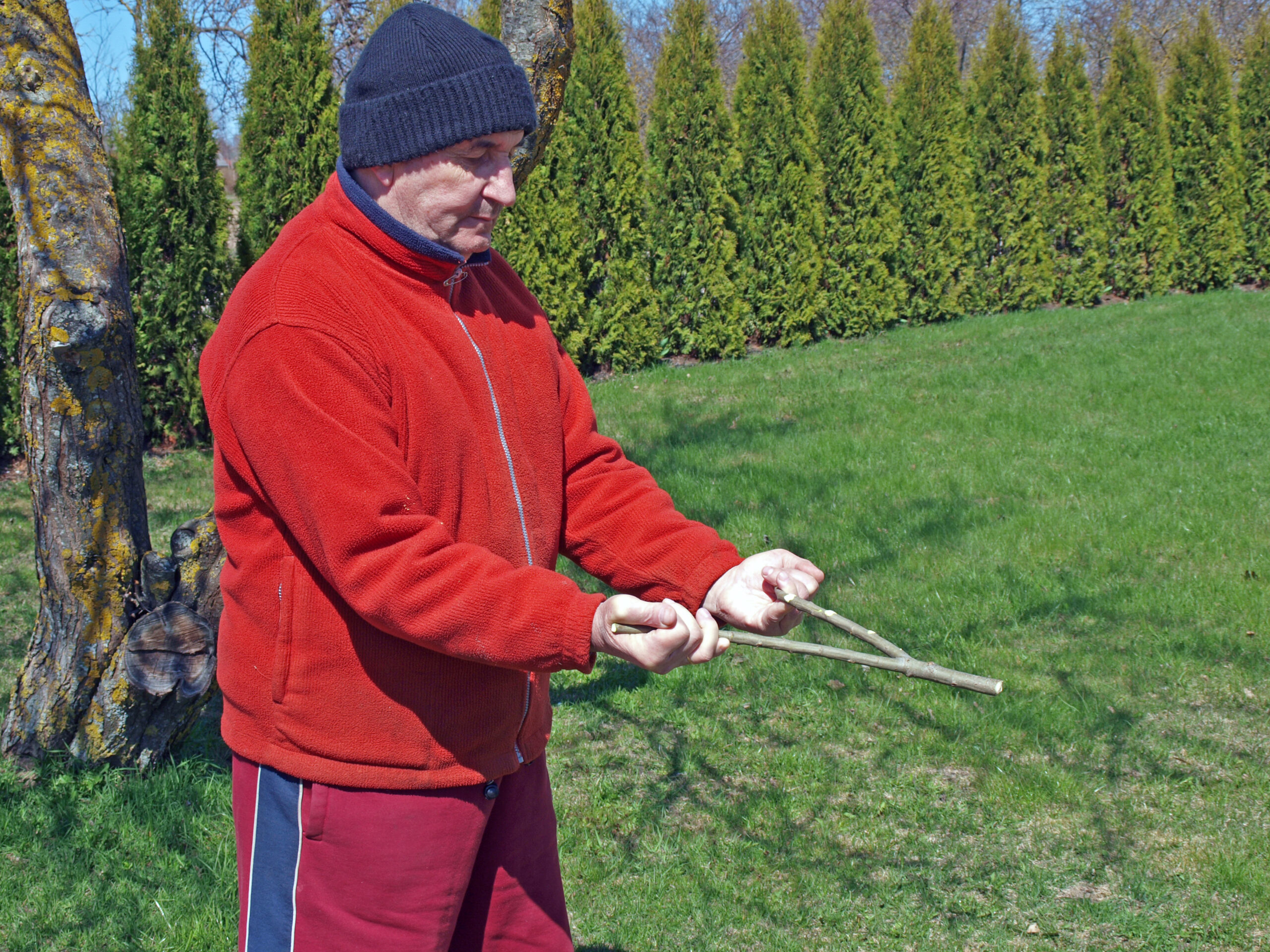Given how quickly times change and how quickly trends come and go, it’s no wonder that by the time we’re old, we feel as though we’re living in a world many of us don’t recognize.
The passage delves into the profound concept of change and the accompanying sentiment of nostalgia that often accompanies it. Drawing from personal experiences, the narrator reflects on their grandmother’s penchant for recounting habits and routines from her youth, as well as showcasing peculiar objects that held significant meaning to her. The narrator speculates about the likelihood of undergoing a similar journey of reminiscence should they be fortunate enough to live as long as their grandmother.
Shifting the focus to the digital age, the text highlights the widespread popularity of “what’s this?” articles online. These articles typically feature pictures of unfamiliar objects, prompting individuals to seek insights into their identity and historical significance. The narrator acknowledges the challenges associated with accurately identifying such objects, emphasizing the collective effort of the online community in providing answers.
The passage concludes by recounting a personal experience of encountering a photo featuring an unknown tool. Initially perplexed, the narrator expresses gratitude for the community members who were able to shed light on the tool’s purpose. This narrative captures the intersection of personal reflection, communal knowledge-sharing, and the enduring curiosity that bridges generations.

It appears to be an ordinary, old tree limb at first glance, with a V shape and nothing particularly noteworthy about it.
However, its history as a helpful tool for humans dates back to the 1500s and a technique called “Water Dowsing.”
The water dowser is reportedly also referred to as a “doodlebug,” “water-finder,” “diviner,” or “well witch.”
Its principal role? You guessed it: to find water!

With palms facing up, a person would grasp both of the stick’s branches in each hand. Next, the V’s stem—the lower portion where the two rods join—is tilted 45 degrees in the direction of Earth.
After then, the user is said to be walking back and forth in search of vibrations at the base of the V that could indicate the presence of water beneath the surface of the Earth.
Though people started using the same technique to discover water for new homeowners living in rural regions, dowsing with metal rods appears to have been a method used to find metals in the ground during the 1500s.
Watch the video below for more on Water Dowsing!
Did you know what this instrument was for? Let us know in the comments box.

